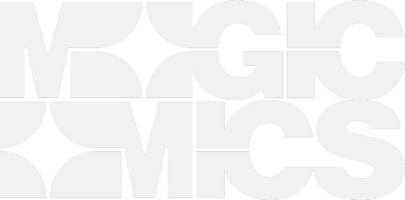Integrating Companion, Stream Deck, a Cedar DNS8 and the Yamaha QL for quicker workflow solutions on a competition format show.
This job requires the Sound Supervisor to mix audio to up to 4 cameras, mix the presenter mics to a PA feed in the studio so the contestants can hear parts of the show, do a main gallery mix for the Director & execs, all while dealing with a studio kitchen with loud fridges, ovens, blast chillers and chocolate tempering machines.
Once we heard that we could use a stream deck to control the QL5 via Bitfocus companion, we knew this would help streamline the workflow of the show. Often jumping between fader layers and mixes to keep up with the fast pace of the show, it was easy to get lost and overwhelmed.

Companion allows you to create “presets” for your different mixes, which at the push of a button on the stream deck can happen instantly, with the button providing ‘feedback’ that it is pressed so I know at a glance if a button is activated or not.
Starting with the camera mixes. The sound supervisor mix to a jib camera for the entire day, as they can see a picture on the monitor and follow its quick movements routing each team of chefs to the send as needed. They also need to send the ‘Main Mix’ to this camera for certain times of the day, so we created a button which simply sends the Main stereo mix to the matrix, and fades everything else out – all in one press. This all routes through to the jib operators ClearCom pack so they can hear what they are filming – often critical sync when they think no one is filming.
They also mix to 3 other cameras during ‘waiting’ setups where the chefs may whisper to each other, so its useful that each camera have the correct audio laid down on the record. Usefully – the teams are colour coded so we can use this colour on a button that matches with the team. After spending a short time creating presets in Companion, they can easily route any team to any of those 3 mixes without having to navigate away from my main layer. This has become an essential part of the workflow, with the feedback on the buttons showing you which team is routed where.
For the PA – we have 6 zoned speakers around the room – 1 for each team, and we can control how much level is sent to each individually. There are 2 setups where we use it – one is a fixed position at the front, and another where the presenters travel around the room to 6 different spots. This means there are 7 sites all which require a different level for each speaker. During the first record we carefully work with the chefs to make sure they can hear, while also not compromising the mix of the radio mics in the room, and we build up a preset for each site. Once noted down, we can program this ‘preset’ all into one button press on the stream deck via Companion – so with that press, the speakers unmute and faders rise to their desired position for that site. Another press brings the faders to -Inf and mutes the outputs.
So while staying on the main layer, delivering a gallery mix, The sound supervisor can also ensure the extra cameras are receiving the correct audio track, and the chefs can hear what they need to, all with the use of just 1 stream deck.

In addition to this we have worked closely with the lighting department who have installed us handy switches in the gallery to turn the large fridges in the studio on and off for the set pieces where words from talent are critical to get as clean as possible. There are some cases where we cannot turn off some kitchen equipment like freezers with ingredients form the previous day in, or a chocolate tempering machine, and this is where the Cedar DNS8 comes into play. I use the cedar on a case by case basis, bringing it in and out for individual iso channels as needed, and adjusting the amount of noise reduction as mics move around the room. The ‘cedared’ audio is not actually recorded, but only used to improve the mix in the gallery, and the mix on the floor coming out of the PA.
All in all – the Streamdeck combined with companion has totally transformed the workflow for this kind of set up, and is now something we always consider when setting up for new jobs. We always ask how we can implement these sorts of changes to help the Sound supervisor help deliver top quality audio.
